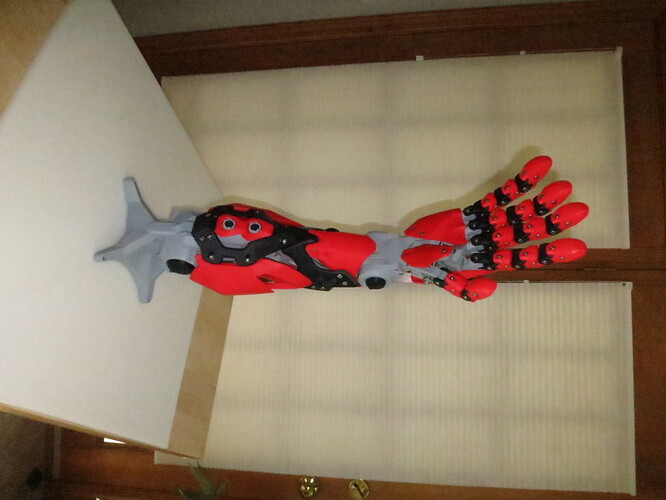These are indeed great printers, aside from one major design flaw: the bed is supported on four points instead of three.
I know what you’re thinking — “Surely more support is better, wouldn’t you want all four corners supported?”
As it turn out, not necessarily. One of the most critical setup/calibration steps for all additive 3D printers is leveling the bed. Leveling a flat plane on four points is really, really hard. Three point support is far easier.
Sure, the TAZ has an auto-level feature that models the current surface and maps that to the head motion, but eventually you will have to do a “true” leveling. Done correctly, this requires numerous rounds of leveling points 1, 2, & 3; then 2, 3, & 4; et cetera, ad nauseum…
The best example of this principle may be found in just about any restaurant. Pedestal tables with four feet are never level (as evidenced by the shims, matchbooks, folded napkins, etc. that are jammed under at least one of them). On the other hand three-footed tables are inherently stable, just like tripods.
So back to the TAZ… The reason I bring all this up is that Aleph Objects (makers of the LuzBot/TAZ line) is just a few miles up the road and they donated a number of used printers to a local makerspace (they use their own printers to manufacture their printers  ). Following the Tom Sawyer model, they taught a printer maintenance “class,” in which the “students” cleaned, lubricated, and re-calibrated the printers. The “chasing triangles” step was universally and loudly reviled.
). Following the Tom Sawyer model, they taught a printer maintenance “class,” in which the “students” cleaned, lubricated, and re-calibrated the printers. The “chasing triangles” step was universally and loudly reviled.
I’m not saying the TAZ is a bad choice, but it’s better to make an informed decision when investing in a printer. YMMV.
Cheers!

 ). Following the Tom Sawyer model, they taught a printer maintenance “class,” in which the “students” cleaned, lubricated, and re-calibrated the printers. The “chasing triangles” step was universally and loudly reviled.
). Following the Tom Sawyer model, they taught a printer maintenance “class,” in which the “students” cleaned, lubricated, and re-calibrated the printers. The “chasing triangles” step was universally and loudly reviled.